Hairstyles often reflect the trends and cultural shifts of their time, but some classic looks just don’t seem to stick around. Over the decades, there have been countless iconic styles that once ruled the hair scene, only to eventually fade into the background. From the sharp, voluminous styles of the ‘80s to the sleek bobs of the ‘60s, many of these cuts and dos have been replaced by newer trends, often without us even noticing.
It’s interesting to look back and realize how many once-popular hairstyles are now rarely seen, even though they were once the go-to for so many. Some of these styles were ahead of their time, while others were just products of their era. Here are 20 classic hairstyles that have all but vanished from the mainstream, showing how much hair fashion has evolved over the years.
The Victory Rolls
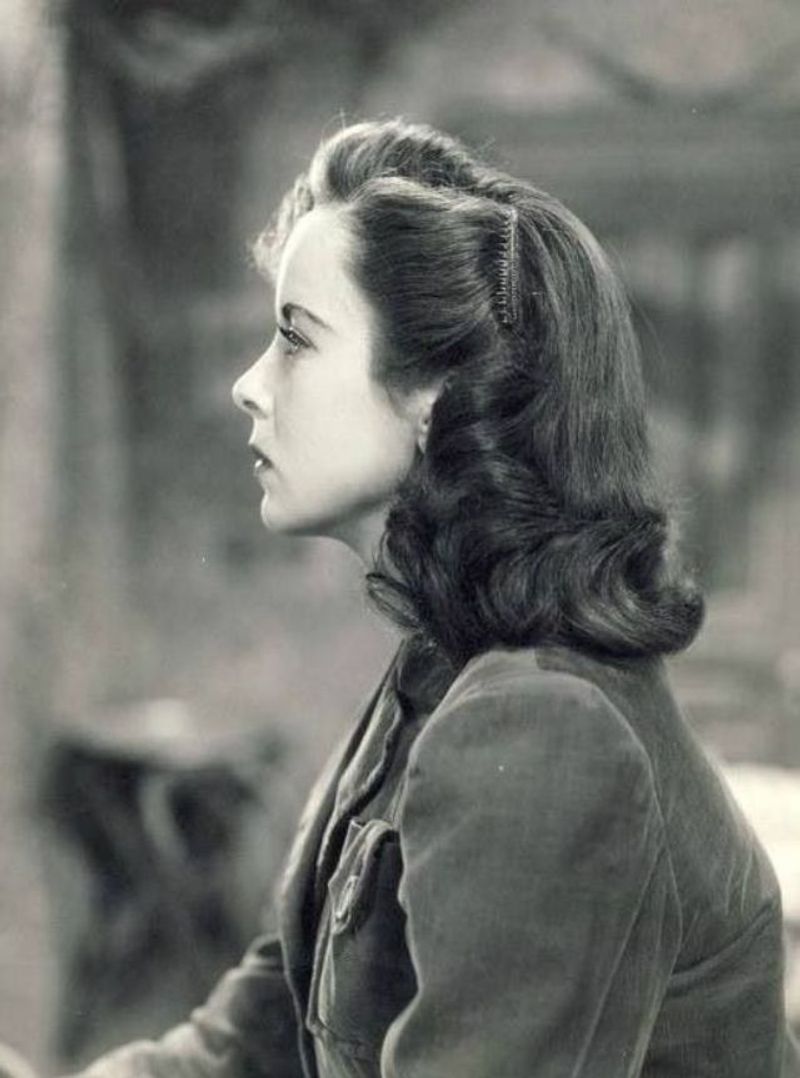
The Victory Rolls, synonymous with the 1940s, were more than just a hairstyle; they were a symbol of victory and resilience. Women donned these rolls as a nod to the victorious Allied forces in World War II. The style featured voluminous, sculpted rolls perched gracefully atop the head. Its elegance and sophistication were unmatched at the time.
Creating the Victory Rolls required skillful teasing and pinning, making it a true art form. Though the style has faded, its influence remains in modern retro looks. Did you know? Many Hollywood stars contributed to its popularity.
The Beehive
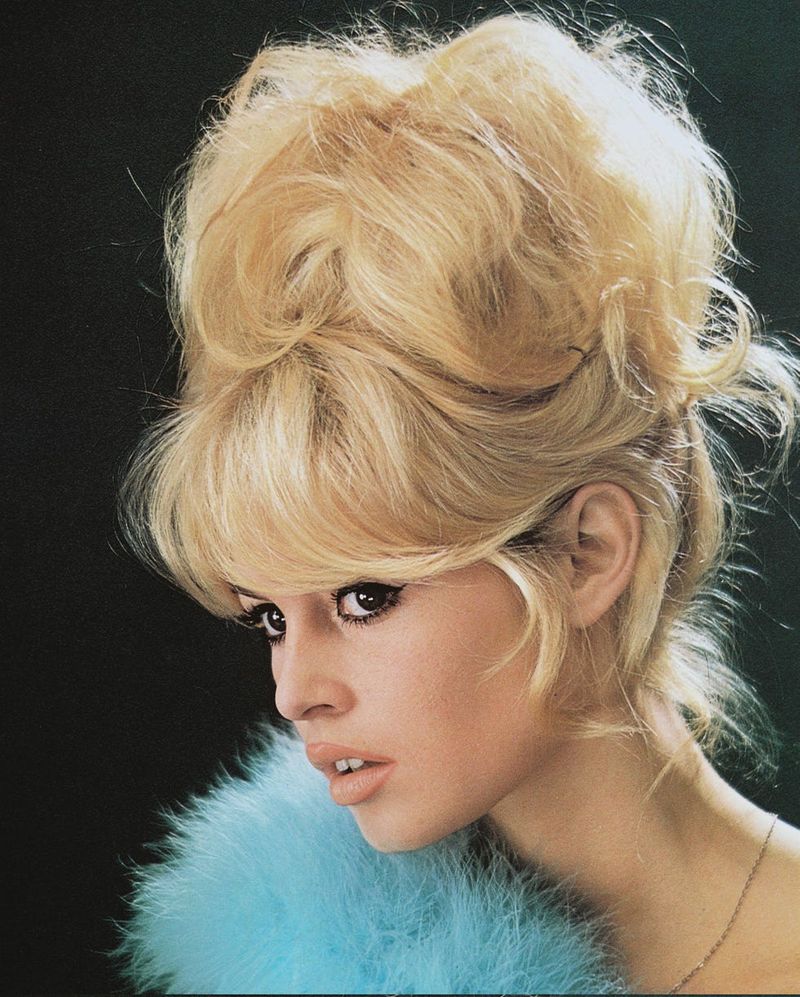
Towering high and bold, the Beehive hairstyle of the 1960s was a marvel of height and hairspray. Popularized by singers like Dusty Springfield, it required careful backcombing and plenty of hold. Women wore their Beehives as a testament to the era’s daring and playful spirit.
This hairstyle was all about making a statement, with its sky-high structure capturing the essence of the ’60s revolution. Though it demanded patience and maintenance, the Beehive remains an iconic symbol of vintage glamour. Interestingly, modern adaptations occasionally grace red carpets today.
The Finger Wave

Graceful and fluid, the Finger Wave of the 1920s epitomized the flapper era’s elegance. This hairstyle, characterized by soft, S-shaped waves, was achieved using a combination of fingers and combs. It was the go-to look for women who desired sophistication and allure.
Whether worn short or long, Finger Waves exuded a sense of class that resonated with the Roaring Twenties. Despite its decline, this style occasionally resurfaces for themed events or nostalgic fashion shoots. Did you know? The Finger Wave was considered a sign of modernity and liberation for women.
The Pompadour
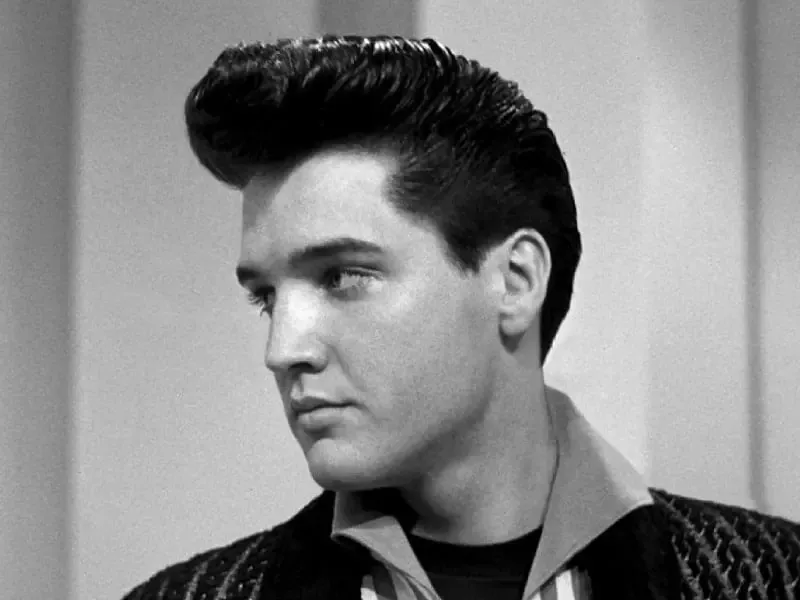
The Pompadour, once the crown jewel of men’s fashion, transcended its 18th-century origins to become a staple of the 1950s rock ‘n’ roll scene. Elvis Presley famously sported this style, characterized by its voluminous front quiff and slicked-back sides.
This bold hairstyle symbolized rebellion and youthful exuberance, resonating with a generation of rockabilly enthusiasts. Though its presence has waned, the Pompadour occasionally resurfaces, infused with modern twists. Fun fact: The style is named after Madame de Pompadour, a mistress of King Louis XV.
The Pageboy
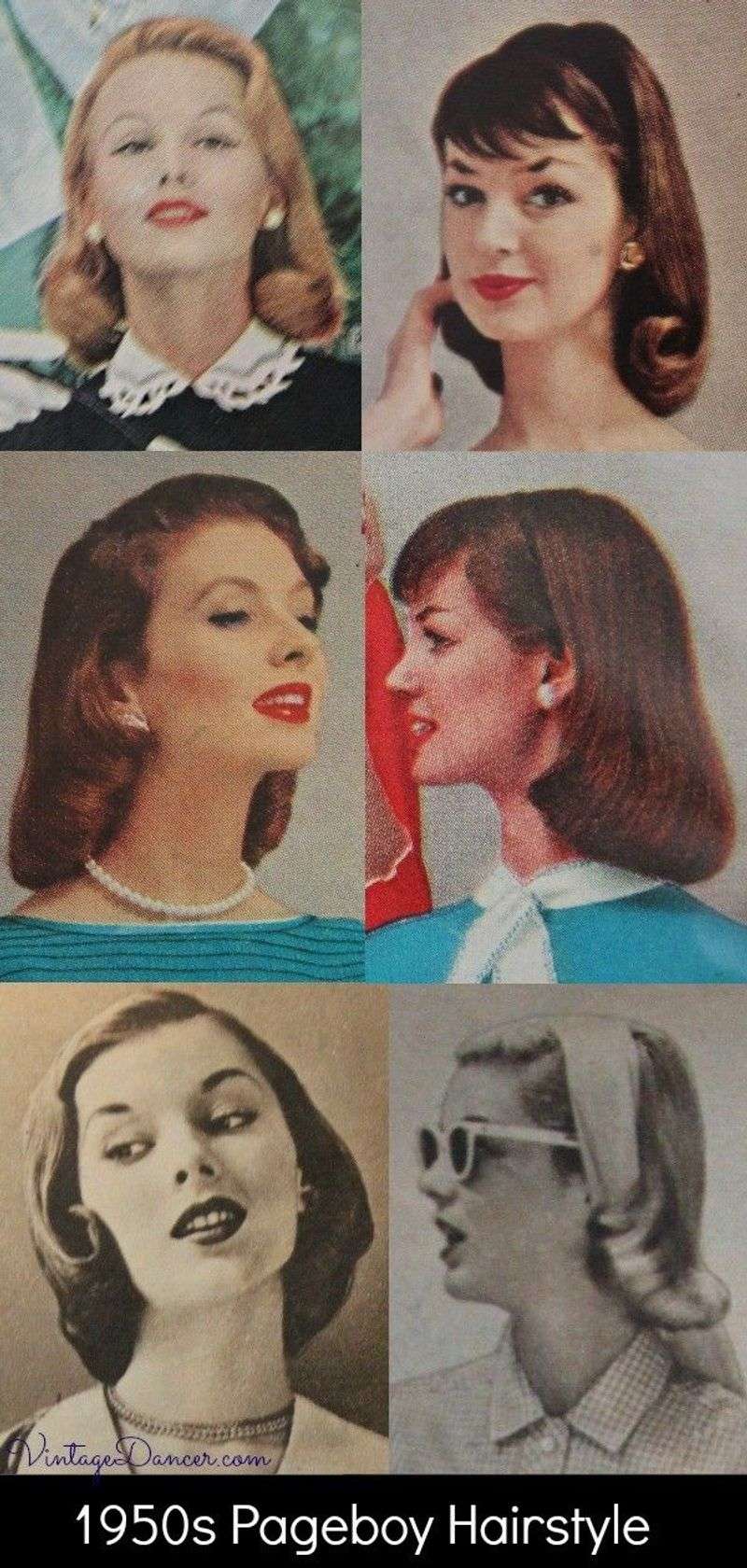
The Pageboy haircut, with its sleek lines and curled under ends, was a 1950s sensation. Ideal for women seeking a chic but manageable style, the Pageboy offered elegance without extravagance. This hairstyle mirrored a shift towards simplicity and practicality in post-war society.
Despite its straightforward appearance, the Pageboy required precise cutting to achieve its signature look. While it has mostly disappeared from salons, occasional revivals celebrate its timeless charm. Did you know? The Pageboy was named after medieval page boys, whose simple haircuts inspired this classic look.
The Shag
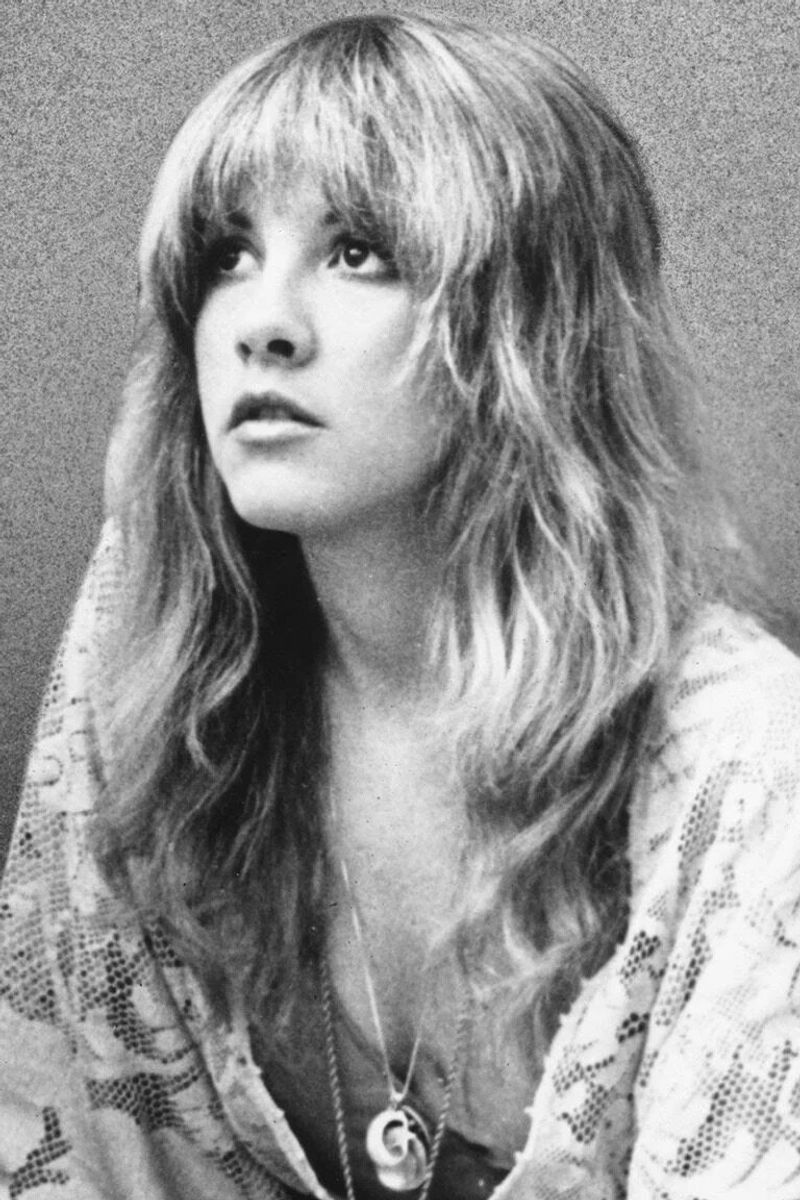
Unkempt yet stylish, the Shag haircut of the 1970s epitomized the era’s laid-back vibe. Characterized by its layers and feathered texture, it was a favorite among rockstars and free spirits alike. The Shag allowed for movement and personality, embodying a sense of rebellion.
This carefree style was as much about attitude as aesthetics, resonating with those who embraced nonconformity. Though less prevalent today, the Shag occasionally makes a return in alternative fashion circles. Fun twist: The Shag’s messy chic aligns perfectly with today’s love for effortless styles.
The Bouffant
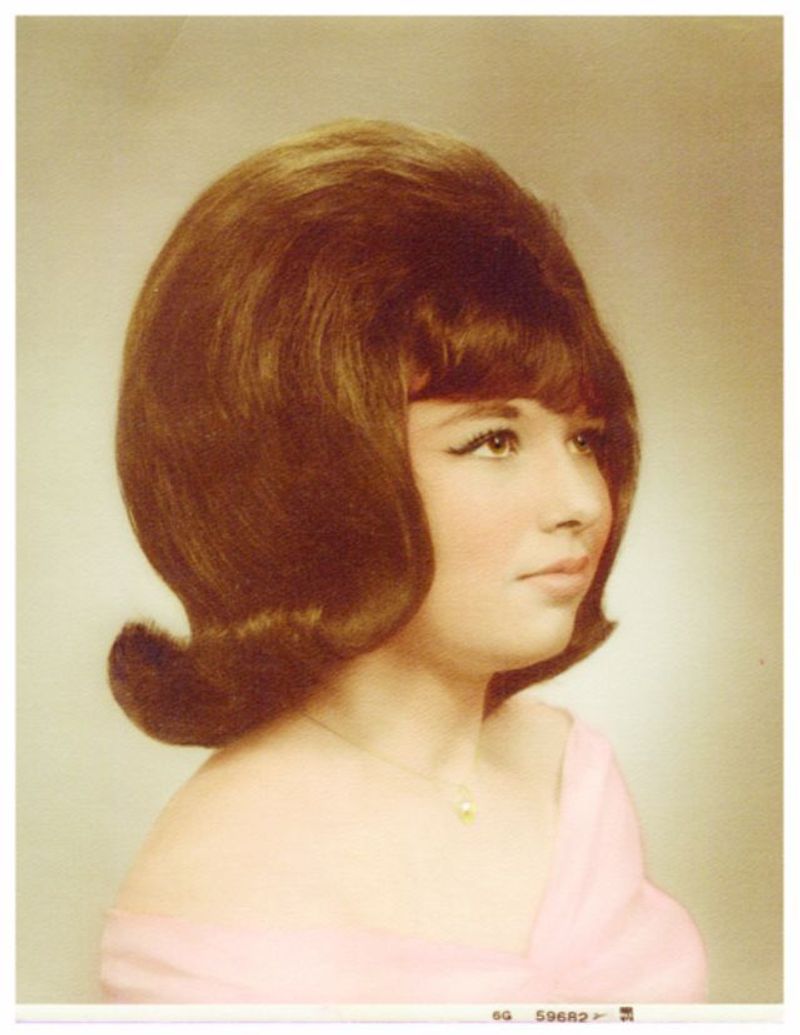
The Bouffant of the 1950s and ’60s was all about volume. Women wore their hair high, padded with backcombing and hairspray to achieve the desired fullness. This hairstyle complemented the era’s opulent fashion, symbolizing prosperity and femininity.
Its dramatic presence became a staple for formal occasions, requiring meticulous styling to maintain its shape. The Bouffant may be rare today, but its influence on contemporary updos is unmistakable. Did you know? First Lady Jackie Kennedy immortalized the Bouffant, showcasing its regal appeal.
The Rat Tail
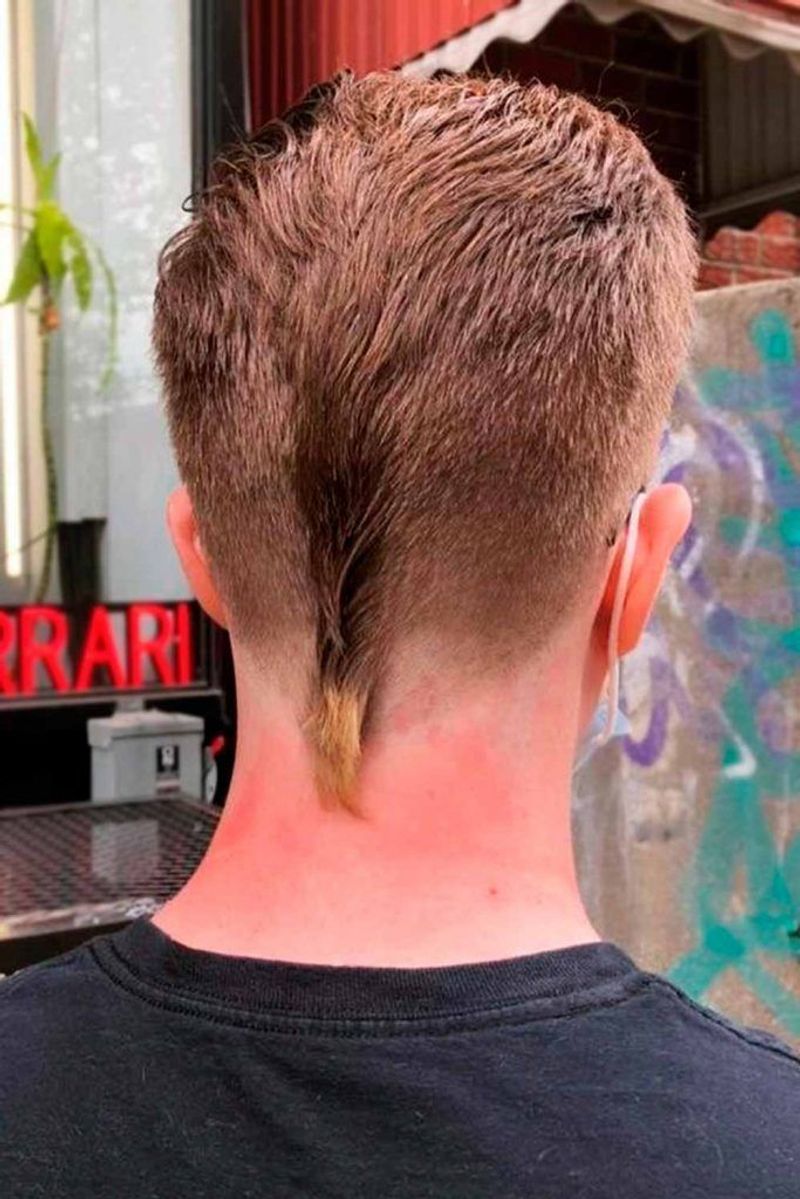
The Rat Tail, a curious trend of the 1980s and early ’90s, featured a thin strand of hair left long at the nape. This quirky style was often accompanied by a shorter cut elsewhere, creating a distinct contrast.
While unconventional, the Rat Tail found its place among those who dared to defy norms. It symbolized individuality and a playful disregard for conventional beauty standards. Though it has largely vanished, the Rat Tail occasionally sees revivals in subcultures embracing past eccentricities. Fun fact: The Rat Tail’s rebellious spirit makes it a favorite for retro-themed parties.
The Marcel Wave
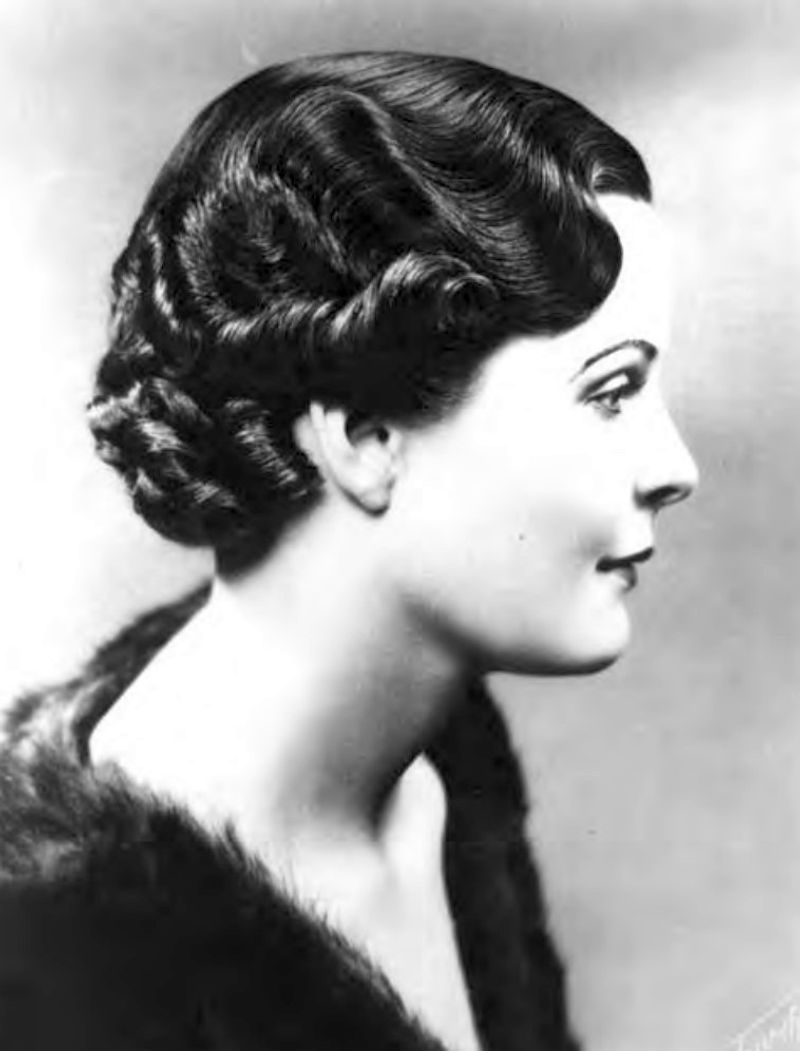
The Marcel Wave, named after its inventor Marcel Grateau, was a hallmark of 1920s and ’30s elegance. Achieved through a special iron, this hairstyle featured deep, sculpted waves that framed the face with grace.
Favored by Hollywood starlets, the Marcel Wave became synonymous with glamour and sophistication. Its meticulous shaping required skill and patience, making it a coveted look for special occasions. Though rare today, its legacy lives on in vintage fashion circles. Did you know? The Marcel Wave’s influence can be seen in modern finger wave techniques.
The Ducktail
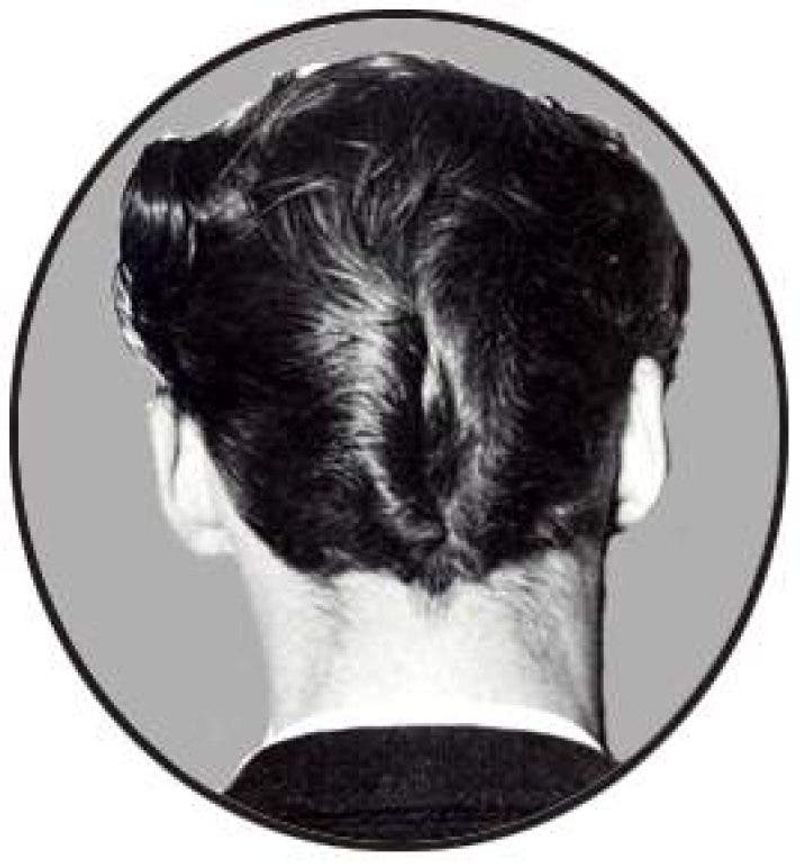
Popular among 1950s greasers, the Ducktail, or “DA” (duck’s arse), featured slicked-back sides that met at a central seam, resembling a duck’s tail. This hairstyle was synonymous with rebellion and youth culture.
The Ducktail required precision and a good amount of pomade to maintain its signature shape. Despite its decline, this iconic style occasionally influences modern rockabilly fashion. Fun tidbit: The Ducktail was part of a larger cultural movement, inspiring everything from music to films of the era.
The Jheri Curl
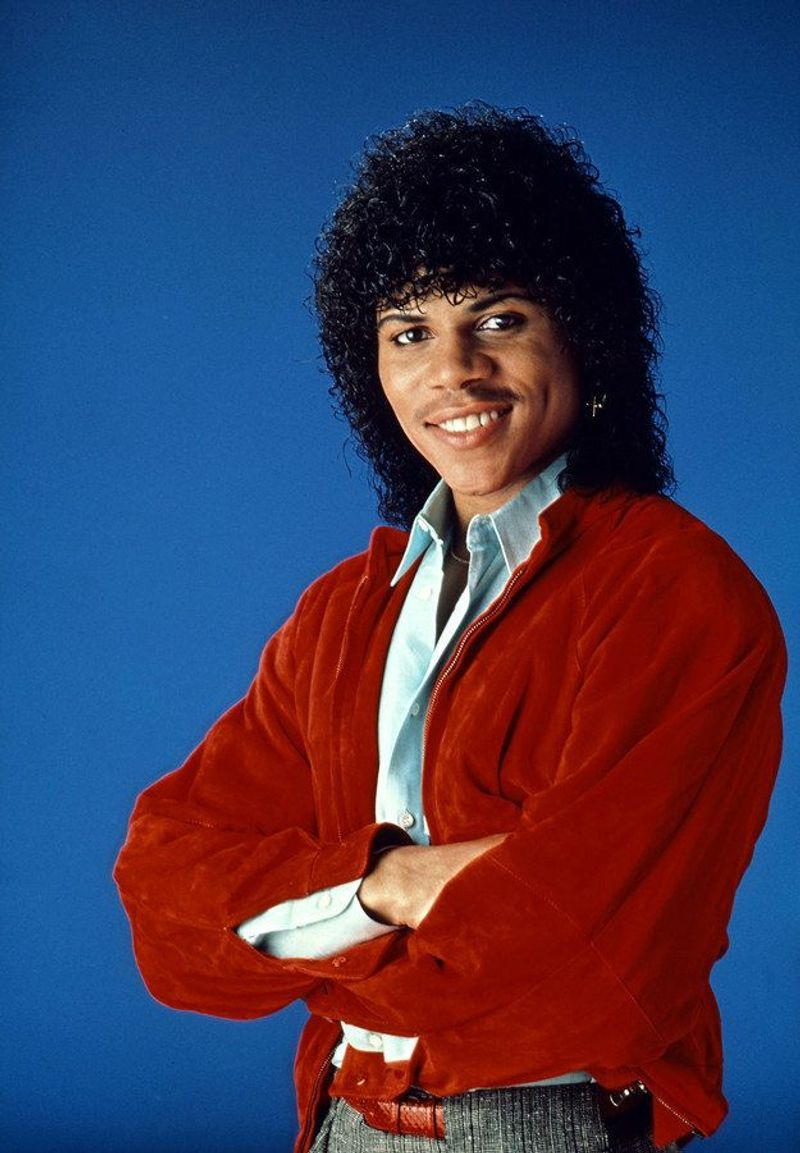
The Jheri Curl, a defining look of the 1980s, was characterized by its glossy curls and soft texture. This chemical perm provided a wash-and-wear style that was both versatile and eye-catching.
Celebrities like Michael Jackson popularized the Jheri Curl, making it a staple in pop culture. It required regular maintenance and specific products to maintain its sheen. Though it fell out of favor, the Jheri Curl remains an emblem of ’80s extravagance. Interesting note: The style’s popularity led to the creation of specialized hair care lines.
The Liberty Spikes
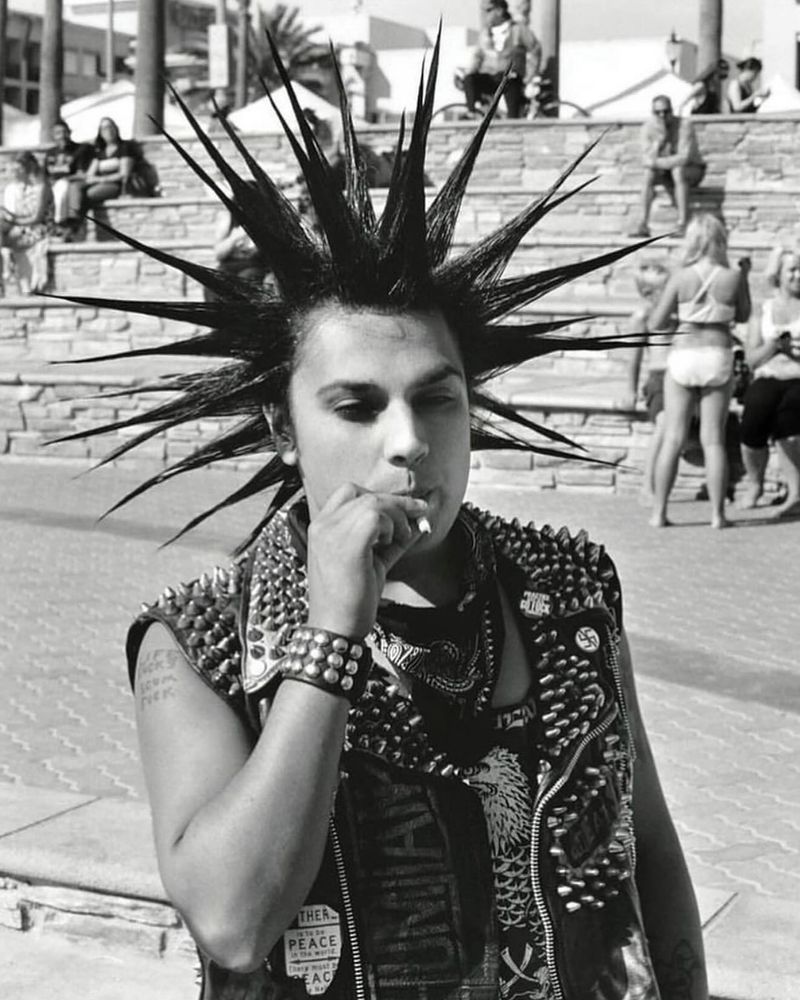
Bold and defiant, Liberty Spikes emerged from the punk rock scene as a loud statement of individuality. Each spike stood tall, often dyed in vibrant colors, challenging societal norms and expectations.
Creating Liberty Spikes required commitment, with hours spent perfecting each stiff peak using strong gels or glues. Though its popularity has waned, it remains a symbol of rebellion within punk subcultures. Did you know? The style’s name is inspired by the Statue of Liberty’s crown, reflecting its bold stance.
The Mohawk

The Mohawk, with its roots in Native American culture, found new life in the punk scene of the 1970s. Characterized by a strip of hair running down the center of the head, it was often styled upright with gel or glue.
This hairstyle became synonymous with rebellion and counterculture, embraced by those who challenged mainstream aesthetics. While less common today, the Mohawk occasionally makes a comeback, reimagined with modern flair. Fun insight: The Mohawk’s boldness continues to inspire those seeking to stand out.
The Mullet
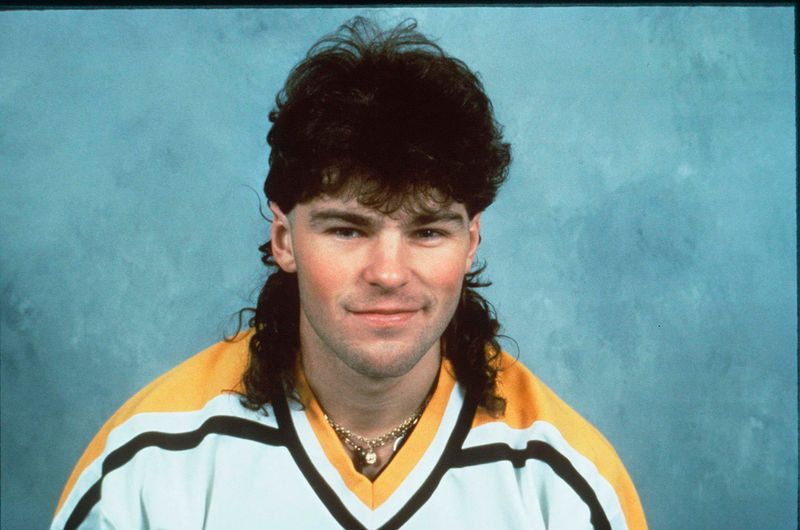
“Business in the front, party in the back”—the Mullet of the 1980s was a style embraced by many, from rock stars to everyday individuals. Its unique cut featured short hair at the front and sides, with length at the back.
The Mullet’s versatility made it appealing to those who valued both formality and flair. Although it has largely disappeared from mainstream fashion, recent years have seen ironic revivals. Quirky fact: The Mullet gained its name from the band Beastie Boys in their 1994 song “Mullet Head.”
The Afro
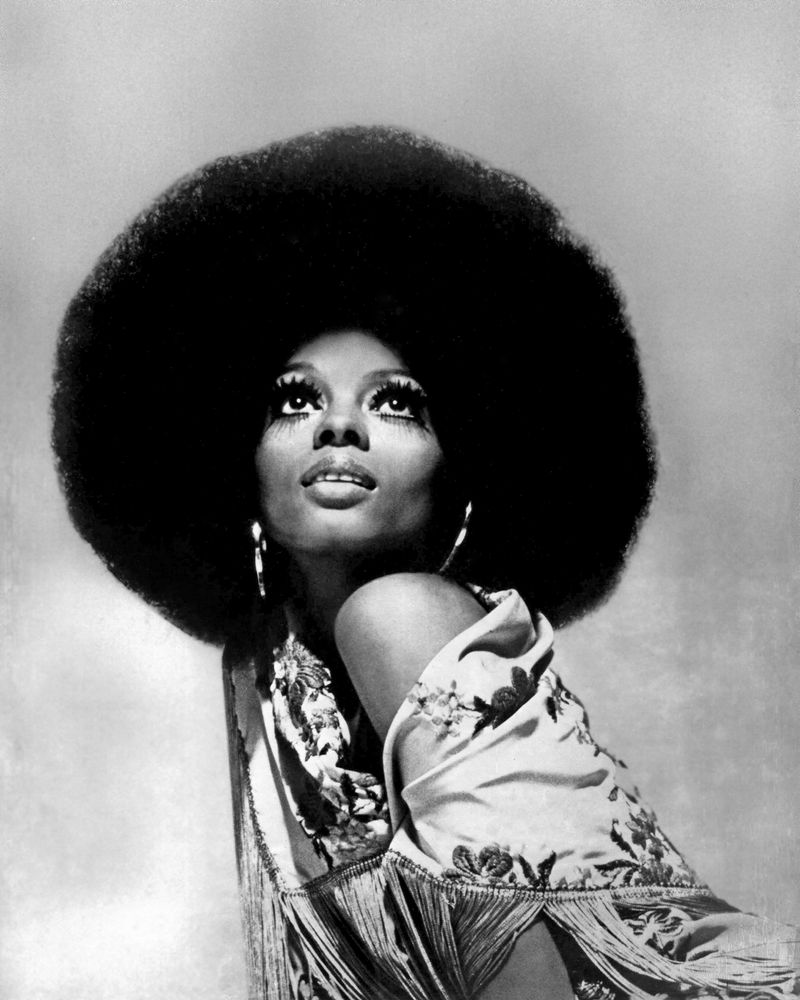
The Afro, a powerful emblem of the 1960s and ’70s, celebrated natural beauty and cultural pride. This style, characterized by its round, full shape, was a declaration of identity and resistance against societal norms.
Wearing an Afro was more than fashion; it was a political statement, embraced by those championing civil rights. While its prevalence has diminished, the Afro remains a potent symbol of heritage and empowerment. Did you know? The Afro’s influence persists, inspiring new generations to embrace their natural textures.
The Chemise Bob
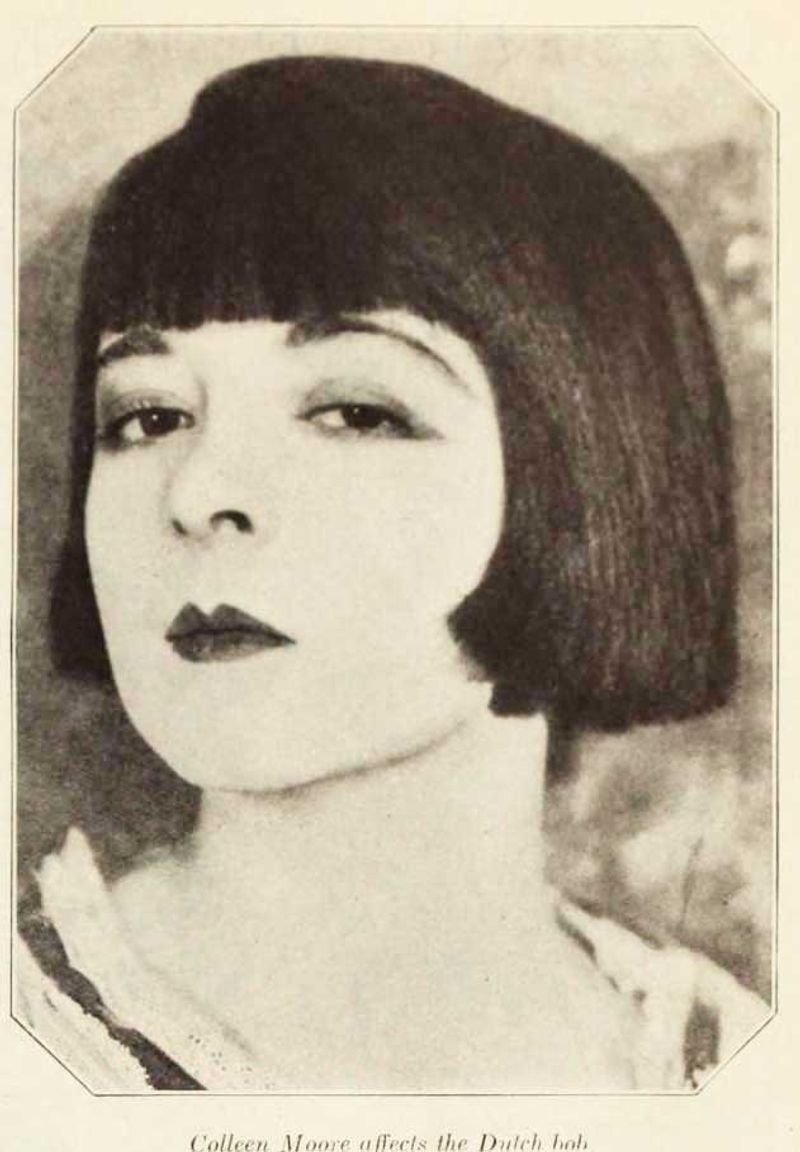
The Chemise Bob, a daring look of the 1920s, mirrored the era’s break from tradition. Women who sought liberation from societal constraints adopted this short, sleek cut, characterized by its straight lines and blunt edges.
This hairstyle was as much a fashion statement as it was a declaration of newfound freedom. Though it has faded from everyday trends, the Chemise Bob occasionally reappears in retro fashion circles. Did you know? The Chemise Bob’s radical appearance made it a symbol of the flapper movement’s progressive ideals.
The French Twist
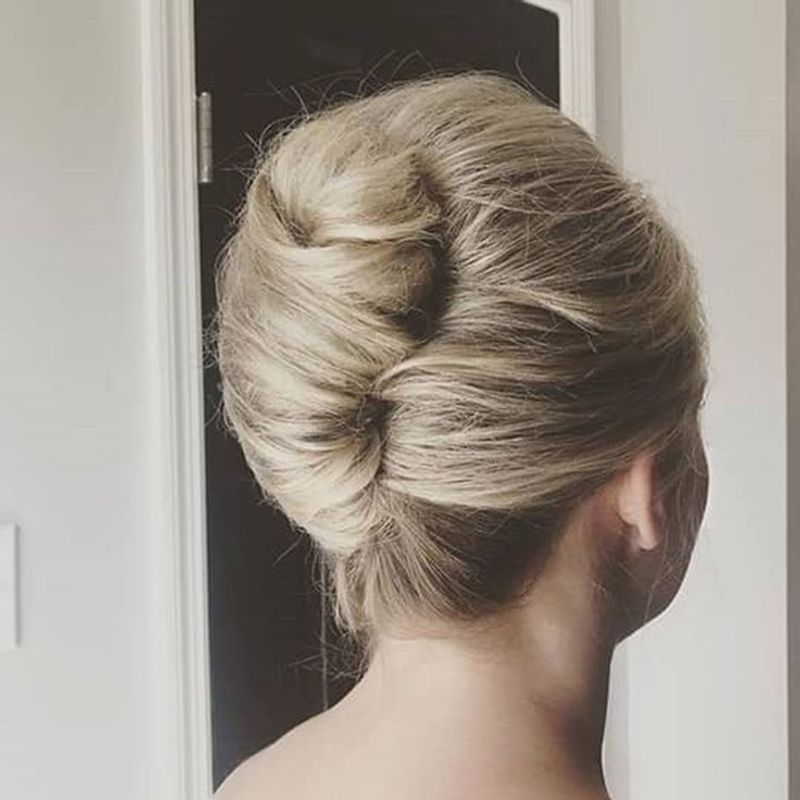
Sleek and refined, the French Twist gained popularity in the 1950s as an epitome of elegance. This updo involved twisting the hair upward and securing it along the back of the head, creating a smooth, polished look.
Favored for formal events, the French Twist was a go-to for women seeking a touch of sophistication. Though less common today, it remains a classic choice for weddings and galas. Fun fact: The French Twist’s timeless appeal has made it a staple in hairstyling courses worldwide.
The Page Curl
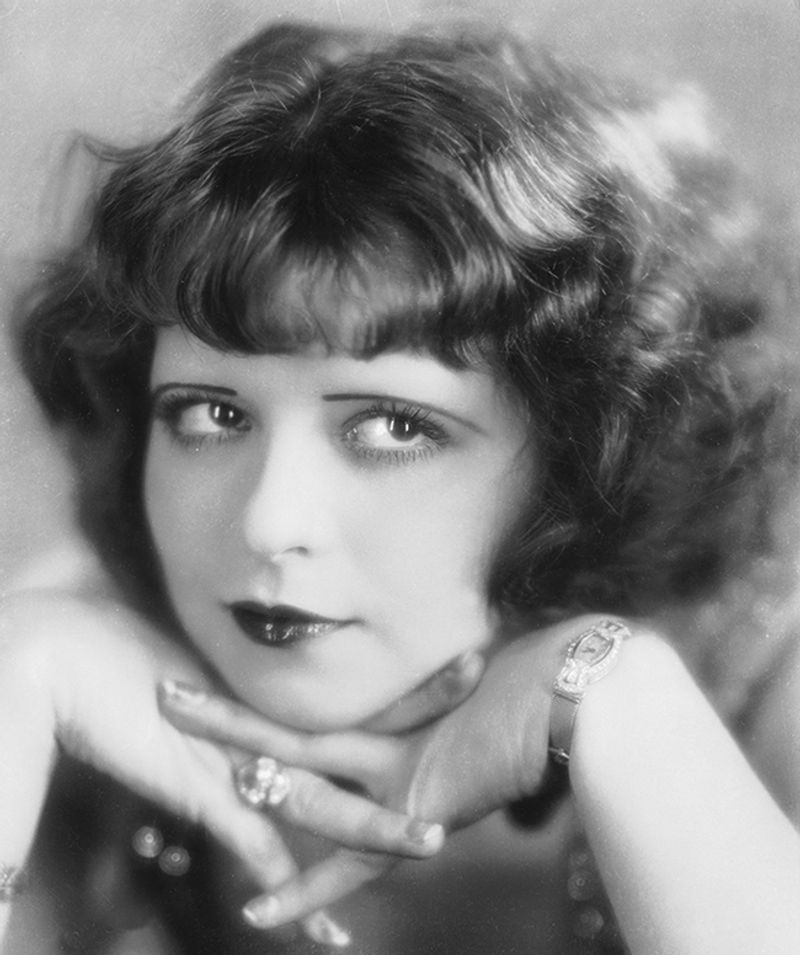
The Page Curl, popular in the early 20th century, was a sweet and innocent style for young girls. Characterized by soft curls at the ends of the hair, it was often seen in family portraits and school pictures.
This style reflected the era’s emphasis on neatness and charm, offering a youthful yet polished appearance. Though it has vanished from modern salons, it remains a nostalgic reminder of childhood innocence. Did you know? The Page Curl was often paired with large bows, enhancing its cute factor.
The Spiky Fringe

The Spiky Fringe of the 1990s was a fun, edgy hairstyle that suited the decade’s vibrant youth culture. With the front styled into spikes, often using gel, it offered a playful yet rebellious look.
Teens embraced this hairstyle as a means to express individuality and defiance. Although less popular today, the Spiky Fringe occasionally resurfaces in nostalgic 90s-themed events. Did you know? This style’s ease of maintenance made it a favorite among busy adolescents eager for a touch of flair.
The Bowl Cut
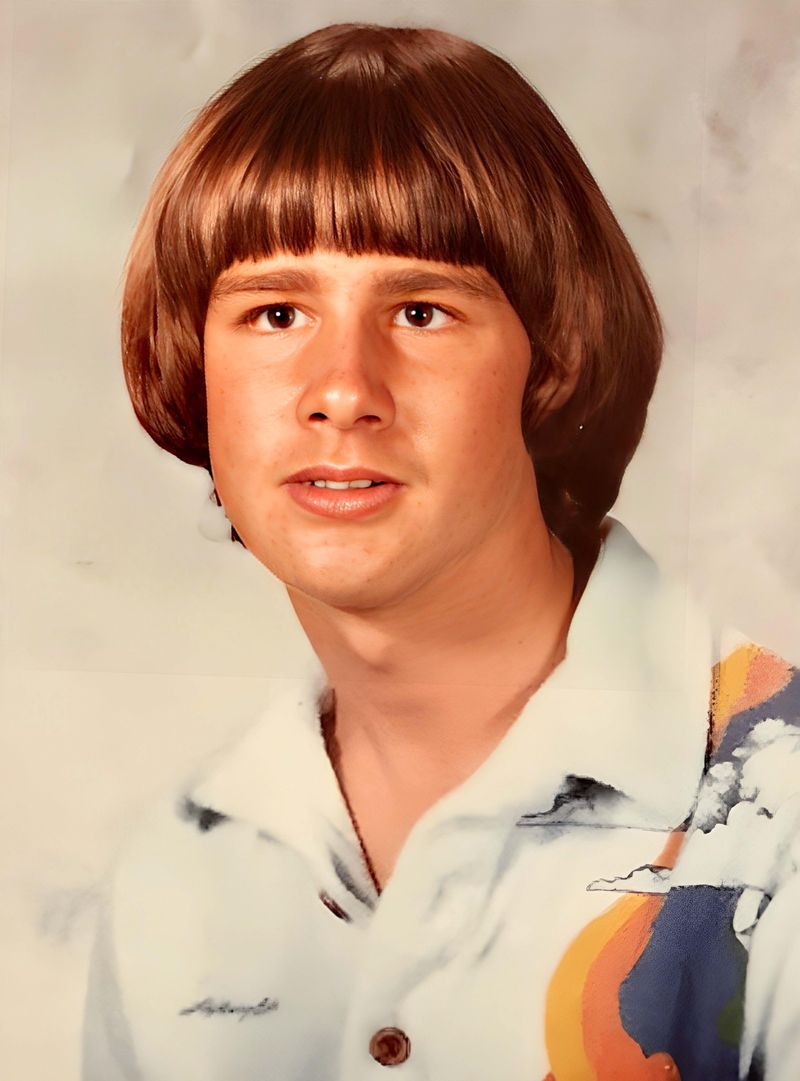
The Bowl Cut, once the bane of many childhoods, was a simple yet striking hairstyle of the 1980s and ’90s. As its name suggests, it appeared as if a bowl were placed on the head to guide the scissors.
This style epitomized practicality, offering an easy-to-maintain option for parents and kids alike. Though often mocked today, it remains a quirky icon of past decades. Fun insight: The Bowl Cut’s uniformity made it an amusing staple in family snapshots and pop culture references.
